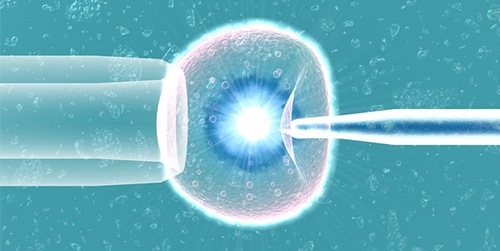 Laser Assisted Hatching
Laser Assisted Hatching
Laser-Assisted Hatching takes less time and it makes a shield around the embryo to save from toxic chemicals. The effect of LAH is reducing the stress placed upon the embryo during the process. The Laser-Assisted Hatching technique also ensures that the embryo is less exposed to physical manipulation. The effect of laser-assisted hatching (LAH) on implantation and multiple pregnancy rates (the primary outcome) after the transfer of frozen–thawed embryos.

All embryos are thawed the day before transfer, and LAH is performed the next day on embryos that cleaved. Assisted hatching is a technology which helps embryos to attach to the womb of the woman. Pregnancy cannot occur unless the human embryo hatches. Laser-Assisted Hatching is useful for the patients who’ve failed previous IVF/ICSI cycles or who have frozen embryo transfer. Women who are older than 37 years of age hence produce eggs with a harder Zona Pellucida and who have a high Follicle Stimulating Hormone (FSH) level need Laser assisted hatching to become pregnant.
